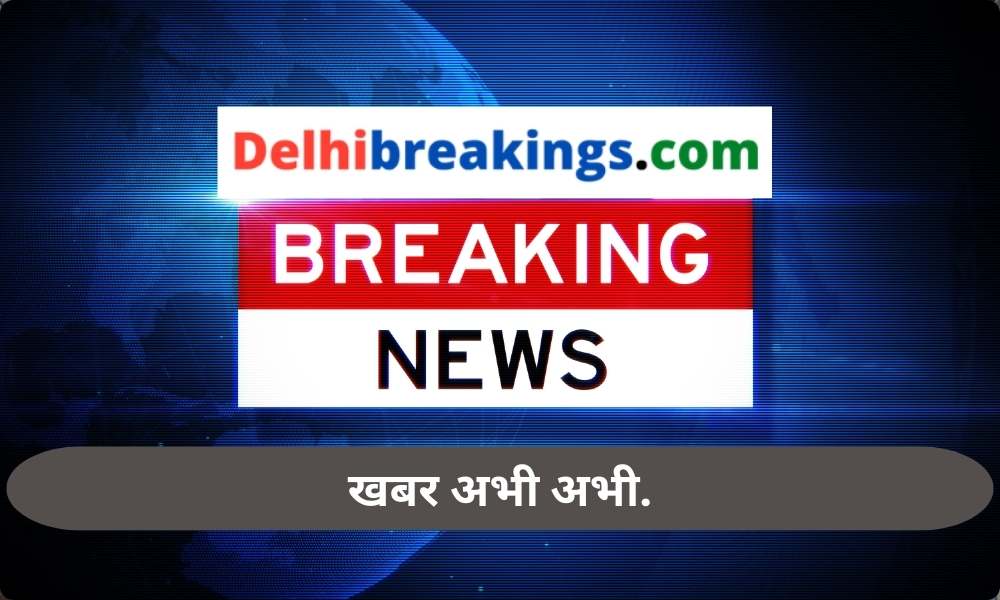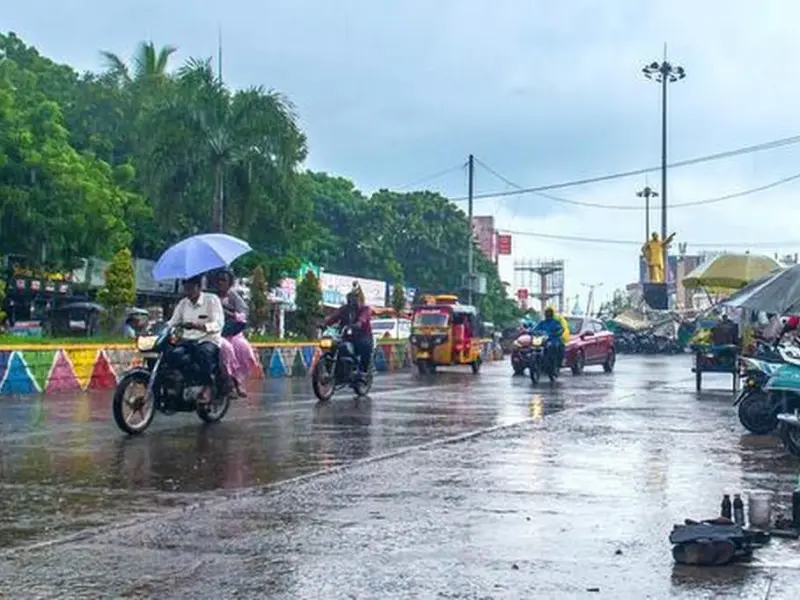In a significant move to address the chaos in Chandni Chowk, the Delhi High Court has directed the Delhi Police to take stringent measures. The bench, comprising Chief Justice Satish Chandra Sharma and Justice Tushar Rao Gedela, emphasized that mere fining of vehicles entering the no-entry zone in Chandni Chowk is insufficient.
Enforcement of No-Entry Regulations
The court has instructed the police to strictly enforce the no-entry regulations, including the seizure of vehicles violating these rules. It was specifically directed that loading and unloading activities in Chandni Chowk should be completely halted from 9 AM to 9 PM, and all possible efforts should be made to ensure compliance.
Seeking Responses from Associations
The next hearing of the case is scheduled for November 8. Additionally, the court has sought opinions from the Chandni Chowk Traders Association and the Resident Welfare Associations (RWAs) regarding the operation of approximately 14 boom barriers installed to regulate vehicle entry in the area. The court inquired whether these associations are willing to take full responsibility for operating these barriers and has asked for a response within a week.

Challenges in Barrier Operation
This query was raised following a submission by Delhi Police’s advocate Anuj Aggarwal, who stated that the police lack the resources and personnel to operate these boom barriers on a daily basis. The police expressed the impracticality of managing these barriers regularly.
Concerns Raised by the Association
Representing the association, senior advocate Sanjeev Ralli and advocate Mohit Mudgal highlighted the prevailing disarray in Chandni Chowk. They argued that operating the boom barriers is not feasible without uniformed police officers present.
The bench verbally assured that the police would grant full authority to the association and that beat constables would visit the area every two to three hours. Ralli informed the court that although only 415 auto-rickshaws are permitted in Chandni Chowk, over 4,000 are operating there.
He also pointed out that issues like boom barriers, transportation, loading-unloading, and encroachment remain unresolved, leading to recurring problems of dirt and encroachment in the area.





